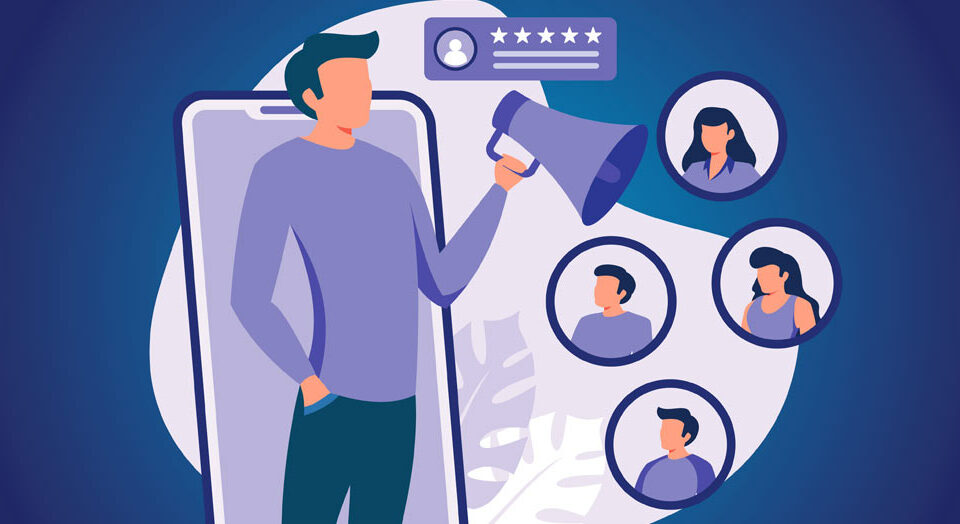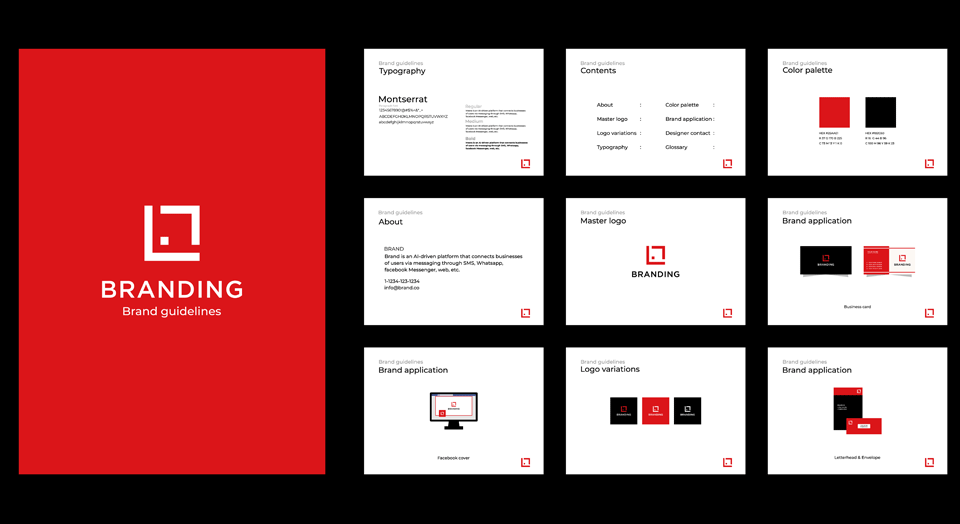
5 Content Marketing Strategies Working Right Now
May 12, 2021
10 Types of Business Marketing Collateral To Increase Conversions
June 12, 2021Engaging Your Customers With Experiential Marketing

The first step in any marketing campaign is capturing a consumer’s attention. Unfortunately, this task is more difficult than ever in today’s busy landscape. When people are bombarded with hundreds of images and advertisements a day, it’s hard to make your message stand out. One way to cut through the noise and make a real impact is by engaging people with an immersive experience.
More and more companies have realized the importance of interacting with targets in a tangible, real-life fashion. Meeting consumers in public spaces and engaging with them directly is a great way to get better results for your main initiatives. This hands-on strategy, commonly known as experiential marketing, can help you attract attention, build your customer base, and meet your overarching objectives.
What is Experiential Marketing?
This term refers to any marketing strategy based on branded experiences. Instead of simply educating consumers or targeting them with advertising, a company aims for genuine interactions. It is sometimes called “live” or “event” marketing because it takes place in real life and generally involves some sort of event or activity.
The general idea is to make your brand memorable for consumers by offering them an experience they won’t soon forget. The memorable activity could include a silly game, an artistic performance, or a self-help ritual. What matters is that the consumers are immersed entirely within the activity, leaving them with a strong impression of your brand.
Examples of Successful Experiential Campaigns
Before launching your own campaign, you should study what has worked for other companies in the past. Here are some examples of campaigns that successfully engaged consumers.
Coca Cola AR Activity During the 2018 World Cup
The World Cup is one of the biggest events in global sports, and Coca Cola knew exactly how to take advantage in 2018. An augmented reality (AR) exhibit outside Zurich Station allowed Swiss travelers to “juggle” a digitized soccer ball alongside national team star Xherdan Shaquiri. People were left doubled over in laughter, enjoying a unique moment that they would carry with them the rest of their lives. This event perfectly demonstrates how technology can assist experiential strategies.
Lean Cuisine’s “Weigh This” Campaign
Lean Cuisine might be a diet-based company, but their New York City “Weigh This” campaign allowed women to focus on accomplishments beyond their physical attributes. The company put a number of “scales” around Grand Central Station, but instead of reading their physical weight, women could use the scales to write down the important achievements they thought they deserved to be measured by. The event was heavily branded, but Lean Cuisine didn’t interfere with people engaging in the activity. This low-key approach ensured people could really get the most out of the activity and enjoy a memorable moment.
Volkswagen’s Piano Stairs
In 2009, the German automaker Volkswagen converted the staircase in a Stockholm train station into a massive piano, with each step playing a different note. Unsurprisingly, people had a blast walking up and down the musical stairs. This simple event showed the power of injecting a little fun into people’s lives. While the branding took a back seat in the station itself, the subsequent branded videos brought the messaging to a wider audience.
How to Build Your Own Experiential Strategy
Simply knowing what made other campaigns successful isn’t enough to build your own strategy. You need to put some serious thought into devising a plan that will effectively promote your products. Here’s a basic 9-step program for building a successful experiential strategy.
Study The Typical Customer Experience
Before you can create a new strategy, you need to determine how consumers interact with your brand. Mapping a typical user journey is a great way to understand how targets become customers. Once you know what emotions first attract people to your brand, you can start to think of the types of activities that could help with conversions.
Study Emerging Trends and Paradigm Shifts
The market is never static, and companies always have to adjust their strategies in accordance with the shifting landscape. Take some time to study how recent cultural trends could change the way consumers see your brand. The Lean Cuisine activity mentioned above, for example, drew on a general push for body positivity. If you look carefully, you should be able to find similar opportunities that your company could exploit.
Craft a Brand-Related Message
Once you’ve got an understanding of your typical customers and the cultural forces acting upon them, it’s time to think of a message that could tie them to your brand. This message doesn’t have to be a neatly phrased slogan or motto. A vague sentiment that shows people what your brand could mean to them is enough. In the Lean Cuisine example, the company was attempting to show that women should be weighed by their values and accomplishments, not by the number on a scale. This is a good example of the type of basic message that your future events should try to get across.
Offer Something of Value
With their musical stairs, Volkswagen offered Swedish travelers a chance to have a good time. Lean Cuisine’s scales helped women to see the worthiness of their accomplishments. Both of these activities gave users something of value. For your event, you need to think of a way to provide something valuable to potential customers. A small insight, a few minutes of entertainment, or even a momentary laugh is enough to make consumers remember your brand.
Define Your Goals
Before you can make a definitive plan, you need to decide what you want to get out of the campaign. Are you hoping to incorporate experiential components into a larger advertising project? Are you aiming to create a series of pop-up events? Once you’ve answered these basic questions, you can start thinking about specifics. You should also set yourself some specific performance-related goals. Decide how many social media followers or website conversions you’d like to get from the event. That way, you’ll be able to follow up after the fact and determine if your strategy is working.
Get Creative and Have Some Fun
While there’s a lot to methodically study before launching an activity or event, you’ll never come up with the perfect plan in a laboratory. Ultimately, it will take a bit of creativity on the part of you and your team to hit upon a winning idea. Take some time to brainstorm, and keep the mood light. You should enjoy thinking of ways to make random strangers have some unexpected fun.
Research Logistics
Planning a real-life event is a bit more complicated than launching a digital campaign. First of all, you’ll need to secure permission for carrying out an event in a public space. Simply showing up at a local train station to install musical stairs or hang up props will quickly attract the attention of a disgruntled police officer. You’ll also have to invest in equipment, personnel, and branded signs and banners.
Craft a Detailed Plan
Hosting a shambolic or poorly planned event is worse than not holding an event at all. Your goal is to create a positive impression in the minds of potential customers. If people are left laughing at the event’s disorganization or poor execution, you’ll only harm your brand’s reputation. With proper planning, however, you should have no problem creating an engaging activity that attracts and delights consumers. The key is to be meticulous and comprehensive in your planning strategy. Account for everything that could possibly go wrong, from inclement weather to a lack of passersby. Put yourself in a participant’s shoes, and make sure the event is bound to be satisfactory. If you adopt this attitude, you’ll have everything in order when the activity actually begins.
Put Your Plan Into Action
With a creative idea and a solid plan, managing the event itself should be a breeze. Just make sure you’re doing your part to make the event a success. Your company’s personnel should bring energy and a positive attitude to the occasion, acting a bit like club promoters in their enthusiasm while avoiding any semblance of pushiness. Promote your brand’s social media accounts throughout the process, and do what you can to bring consumers under your company’s lasting influence.
Tying Memories to Your Brand
Every week, there are a few special moments that remain in our memories forever. These are the fun, exciting, or different occurrences that stand out from our usual routines. With experiential marketing, you can create these types of moments for consumers, forging memories that will remain associated with your brand. This will form lasting bonds, the type of bonds that turn passive consumers into lifelong customers.






